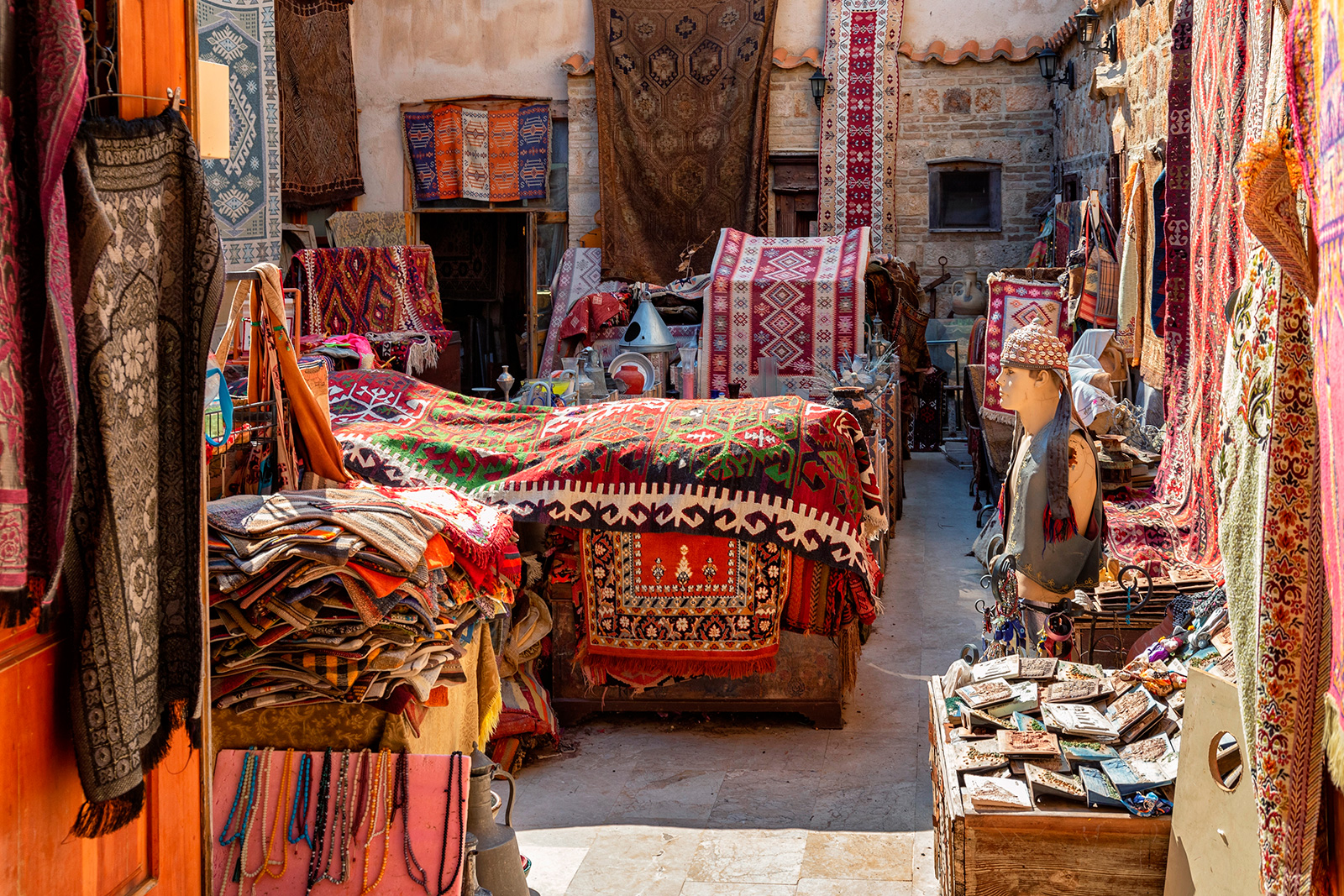
Exploring the Traditional Bazaars of Kaleici, Antalya: A Traveler's Guide
Nestled within the historic heart of Antalya, Turkey, the traditional bazaars of Kaleici offer travelers a captivating journey through centuries of Turkish commerce and culture. These vibrant marketplaces, tucked between ancient city walls and Ottoman-era buildings, create a mesmerizing labyrinth where the scents of spices, the shimmer of handcrafted jewelry, and the vibrant colors of textiles blend to form an authentic Turkish shopping experience unlike any other.

History of Kaleici's Bazaars
The bazaars of Kaleici trace their origins back to the 2nd century BC, when Antalya—then called Attaleia—emerged as a vital port city linking the Mediterranean to inland trade routes. As merchants from across the ancient world converged in Antalya, the foundations of Kaleici's traditional marketplace were established. During the Byzantine era, the market area grew, featuring specialized sections for different goods, reflecting the district's expanding commercial importance. These early markets not only drove trade but also helped shape the vibrant urban life that continues in Kaleici to this day.
It was in the Ottoman period, from the 15th to the early 20th centuries, that Kaleici's bazaars truly flourished and acquired their distinctive architectural and organizational features. The term 'bazaar' itself comes from Persian, hinting at the multicultural influences at play. Ottoman administrators organized the markets into sections known as 'hans' or 'bedestens,' where various crafts and trades were clustered together. Unlike the grand, covered bazaars of Istanbul, Kaleici's markets grew organically, adapting to the old city's hilly terrain and winding streets. This unique development resulted in the charming, labyrinthine layout and authentic local character seen in Kaleici's bazaar today.
Many of the buildings that house today's shops in the Kaleici bazaar date back to the 18th and 19th centuries, although architectural elements from earlier eras are still visible throughout the district. Restoration efforts that began in the 1980s have preserved the area's historical character while adapting the space for modern commerce. Today, Kaleici's bazaar stands as a living museum of Turkish commercial history, where traditional crafts, contemporary souvenirs, and everyday commerce exist side by side. This vibrant marketplace reflects centuries of trade, cultural exchange, and the rich heritage of Antalya's old town.
The Unique Atmosphere of the Markets
Walking through the traditional bazaars of Kaleici in Antalya is a truly immersive experience. Narrow, winding cobblestone streets create an intimate setting where indoor and outdoor spaces blend together, shaded by colorful awnings and lush vines. The lively soundscape—merchants calling, the clink of tea glasses, snippets of haggling, and traditional Turkish music—creates a vibrant, authentic ambiance that makes these markets unique among Turkey's historic districts.
Unlike the bustling Grand Bazaar in Istanbul, Kaleici's markets offer a more relaxed and welcoming pace. Shopkeepers are known for their genuine hospitality, often inviting visitors to share apple tea and conversation. This warmth, combined with the bazaar's organic layout that follows the historic city's contours, provides natural viewpoints where shoppers can catch glimpses of the blue Mediterranean Sea beyond Antalya's ancient walls, reminding visitors of the city's maritime heritage.
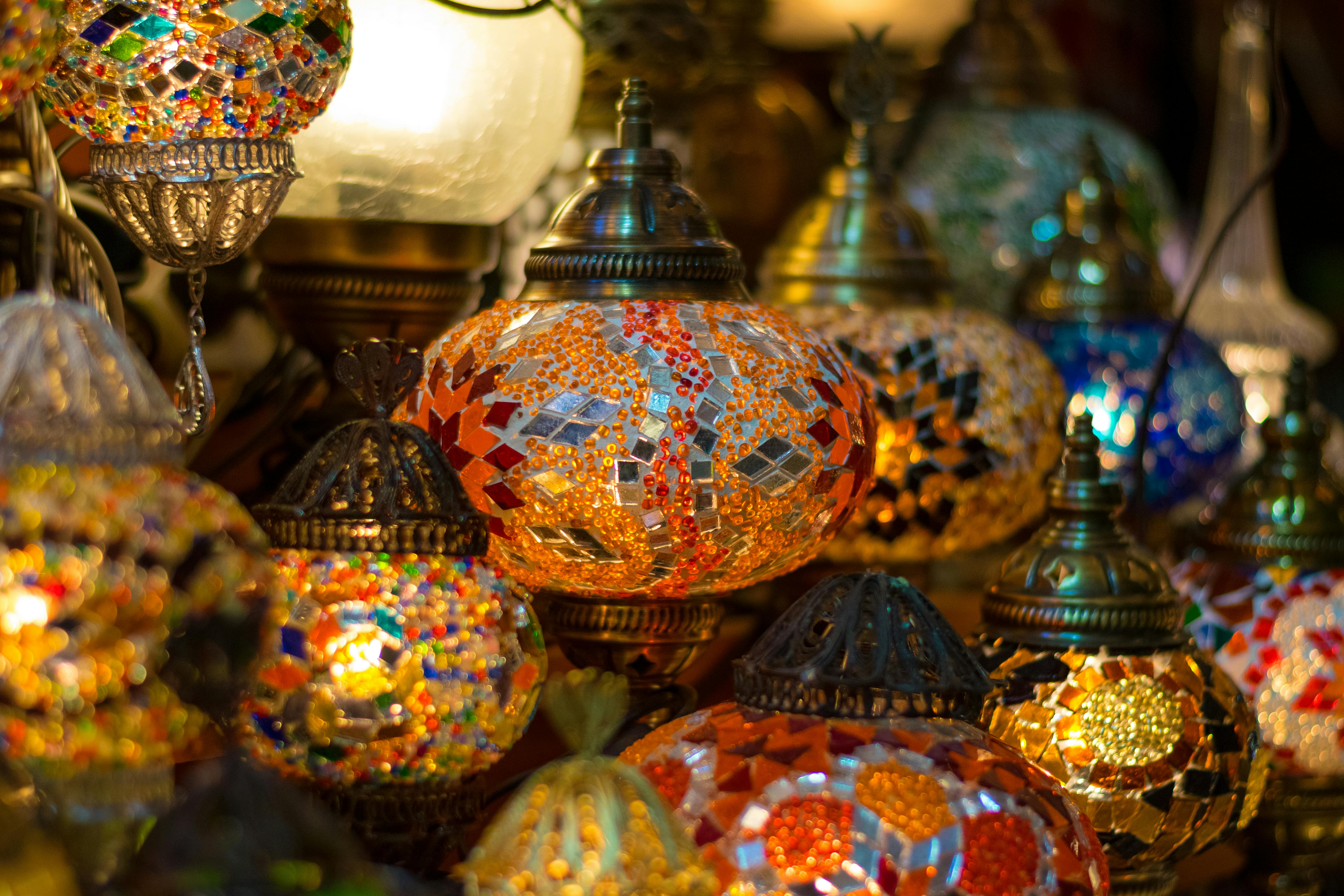
Nearby Attractions to Explore
From ancient monuments to bustling bazaars, these local sights complete your Kaleiçi experience.
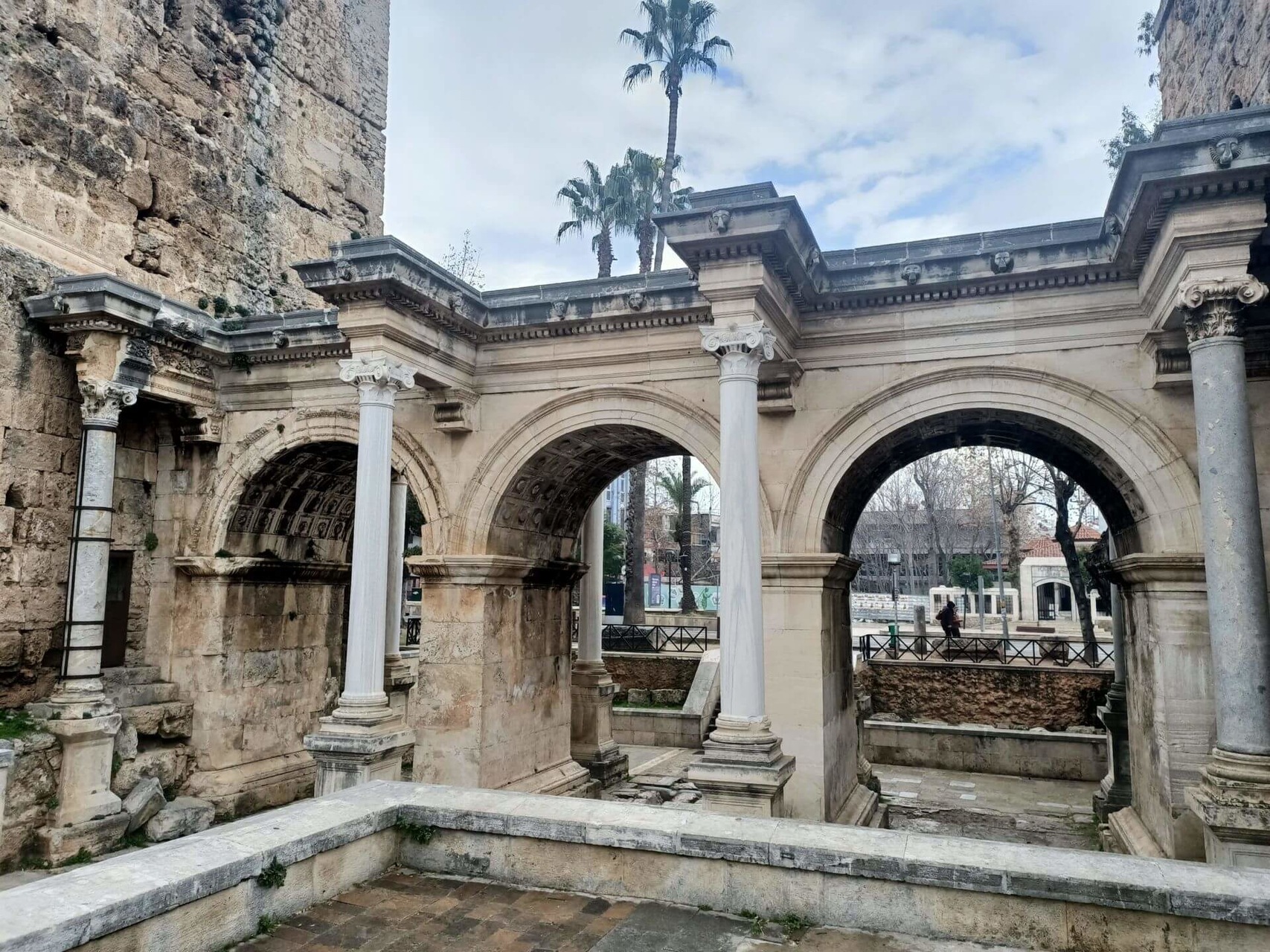
Hadrian's Gate
Discover the fascinating stories, architectural details, and historical context of Hadrian's Gate with a knowledgeable local guide. Enhance your visit with insights that bring this ancient monument to life.
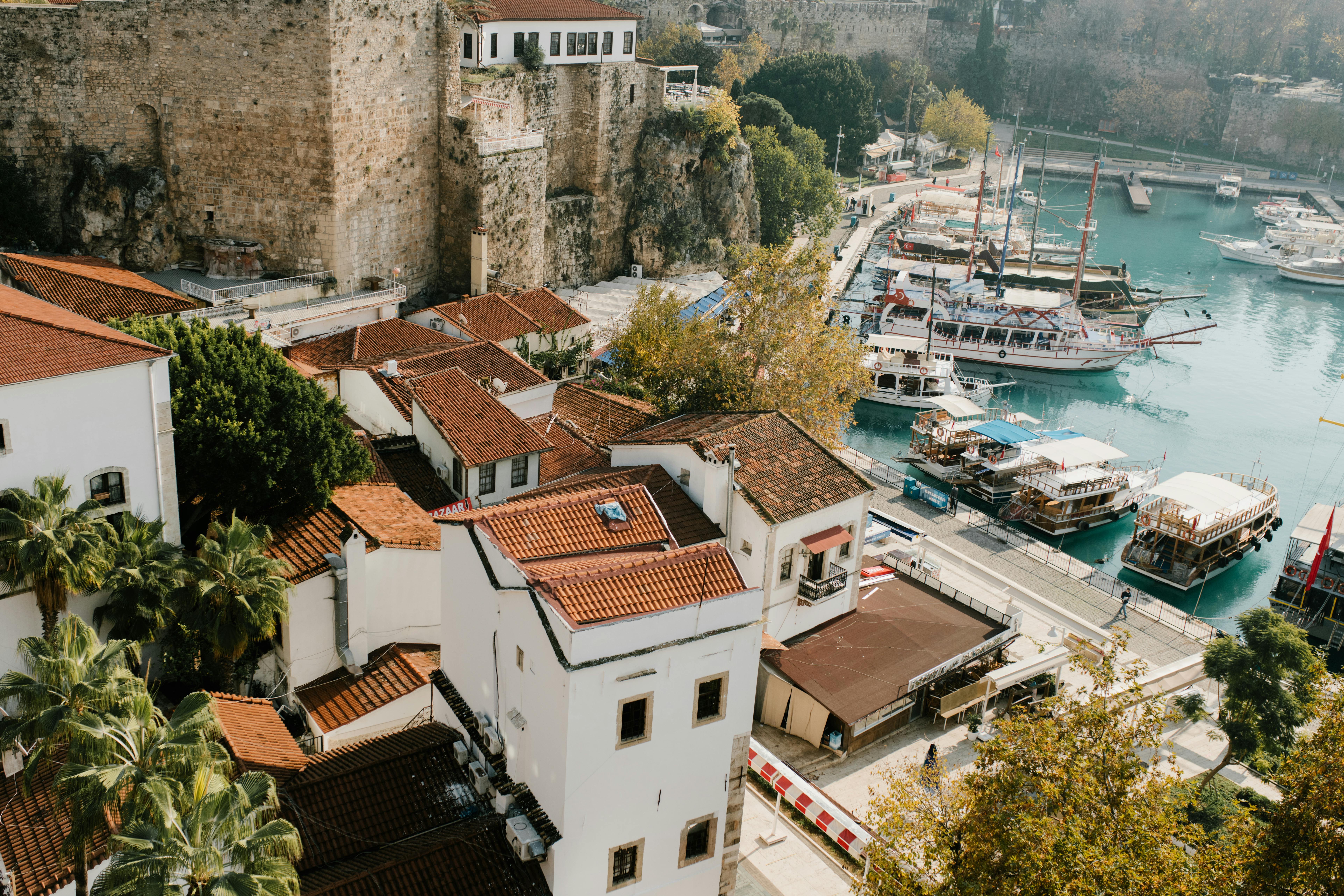
Old Harbor
Once a bustling Roman port, today the Old Harbor is a tranquil marina offering restaurants, boat tours, and scenic views of the coastline.
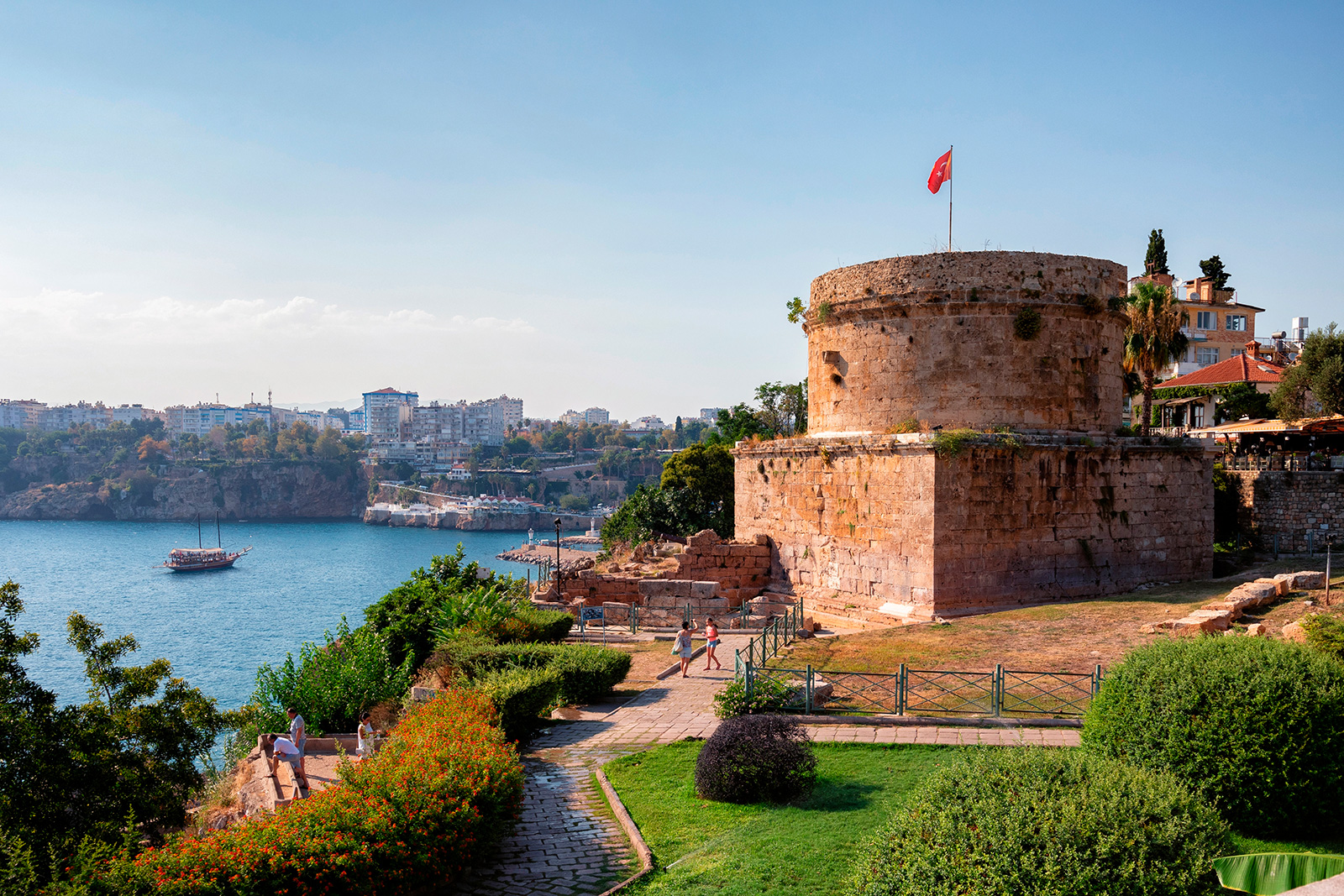
Hidirlik Tower
A historic Roman tower offering panoramic views of the Mediterranean Sea and Antalya's coastline.
Conclusion
Kaleici's traditional bazaars in Antalya offer more than shopping—they provide an immersive journey into Turkish culture, craftsmanship, and hospitality. Each visit is a chance to connect with local artisans and experience centuries-old traditions.
Whether you're bargaining for a handwoven carpet, choosing unique jewelry, or sharing tea with a shopkeeper, every interaction in the bazaar creates meaningful memories and authentic travel experiences that go beyond typical tourism.

Leaving Antalya's historic markets, you take home not just souvenirs but a deeper appreciation for Turkish creativity and tradition. The bazaars of Kaleici remain vibrant centers of commerce and cultural exchange, preserving the true spirit of Turkish heritage.

Where to Stay in Antalya Old Town
For an authentic experience, nothing compares to staying within the historic walls of Kaleici itself. The old town is home to numerous boutique hotels and charming guesthouses, many housed in beautifully restored Ottoman mansions. Wake up to the sound of seagulls and the distant call to prayer, step outside your door directly into the historic streets, and return after a day of exploration to relax in a traditional courtyard.
From luxury boutique hotels in restored Ottoman mansions to charming family-run pensions, discover accommodations with authentic character in the heart of Antalya Old Town.
Browse Old Town HotelsFrequently Asked Questions
Is bargaining acceptable in Kaleici's bazaars?
Yes, bargaining is expected in most shops throughout Kaleici's traditional bazaars in Antalya. Start by offering about 40-50% of the asking price and negotiate in a friendly, respectful manner until you reach a fair agreement.
How do Kaleici's bazaars differ from the Grand Bazaar in Istanbul?
Kaleici's bazaars are open-air markets woven into Antalya's historic old town, with a relaxed atmosphere and fewer aggressive vendors than Istanbul's Grand Bazaar. They offer a unique mix of local Mediterranean crafts and Turkish souvenirs in a more intimate setting.
How can I recognize authentic Turkish crafts in the bazaars?
Authentic Turkish crafts often feature handwork and unique details, such as individual knots in carpets or hand-painted ceramic patterns. Ask merchants about the origin and production process—reputable shops are proud to share details and may offer certificates for valuable pieces.
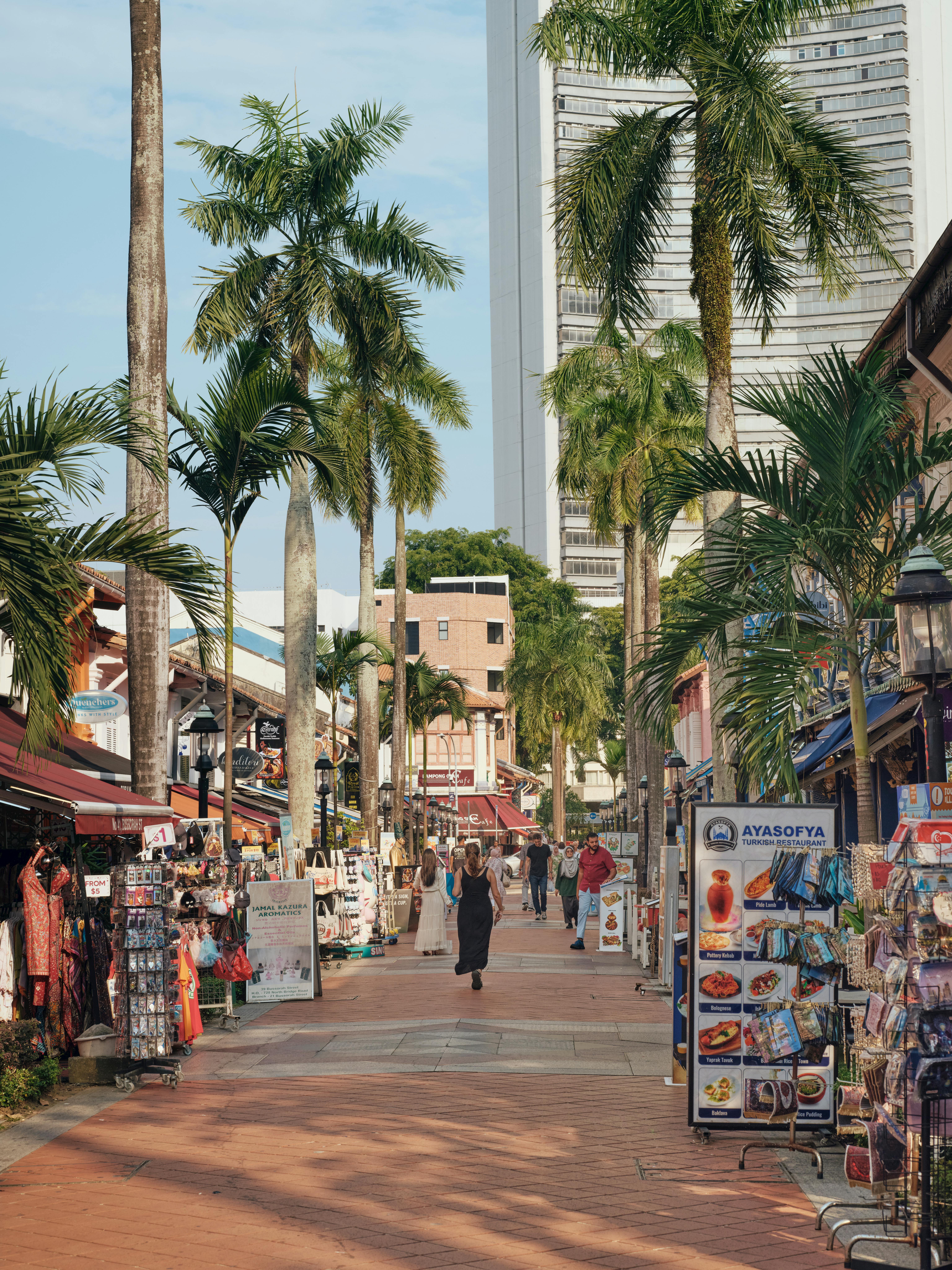
Ready to Explore the Magic of Antalya Old Town?
Discover the perfect balance of history, culture, and Mediterranean charm with our expertly guided tours.
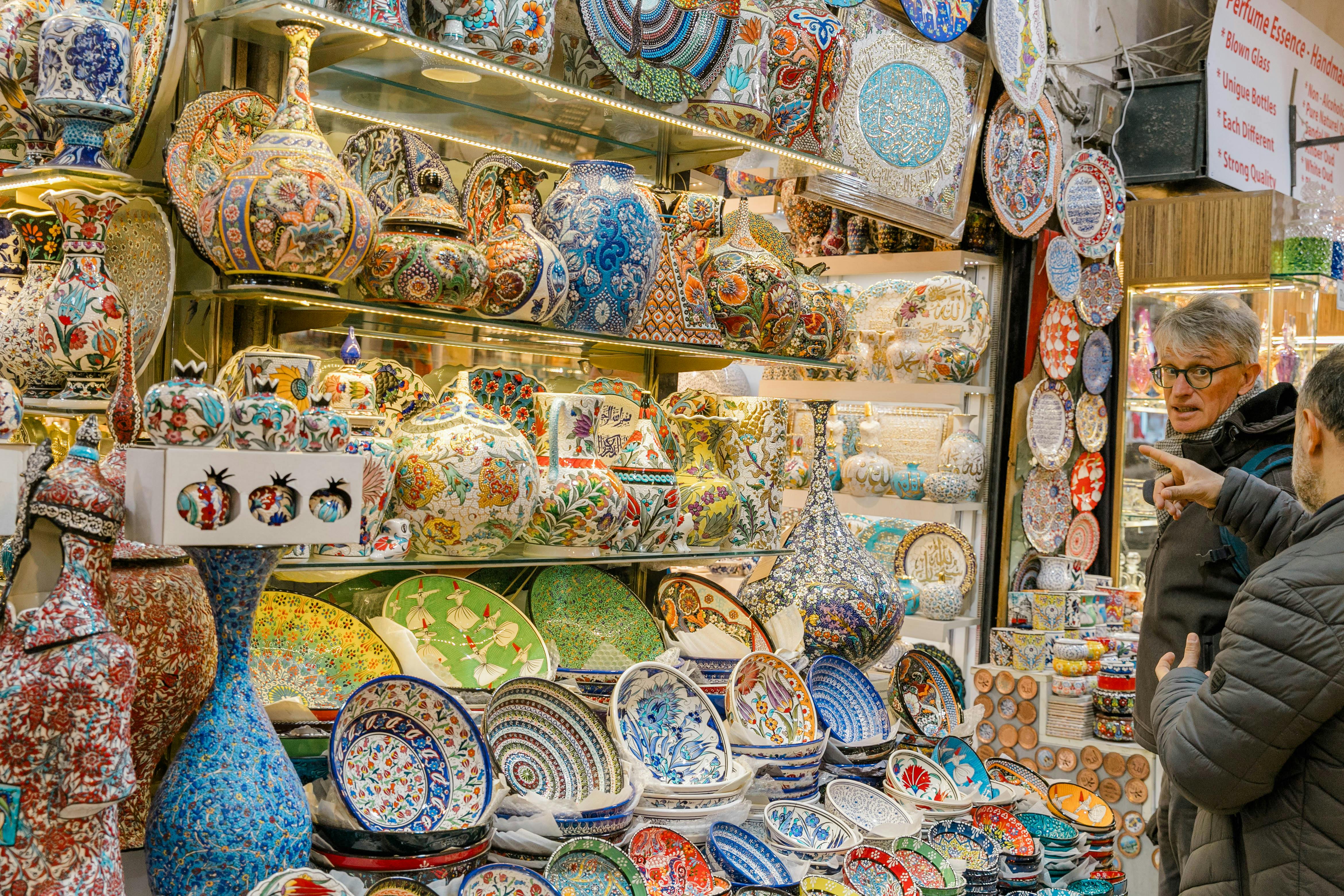
Shopping Tips for Visitors
Bargaining is an essential and enjoyable aspect of shopping in Kaleici's bazaars. Start by showing genuine interest in an item before asking the price, then offer about 40-50% less as your first counter. Most deals are settled through friendly negotiation. Early mornings and late afternoons are the best times to visit for a relaxed atmosphere, while midday hours can be busy and hot, especially in summer.
Always compare quality between shops—examine carpets for tight weaving and even patterns, and check ceramics for smooth glazing. Ask about reliable international shipping for large items like carpets, and get details in writing. Cash is preferred by many vendors, though larger shops often accept cards. It's smart to withdraw Turkish lira before entering the bazaar area.
Take photos of items you're considering to compare options later, but always ask permission first. Learn a few helpful Turkish phrases for shopping, such as 'Ne kadar?' (How much?) and 'Biraz indirim yapabilir misiniz?' (Can you give me a discount?). Watch out for unofficial guides offering to show you the 'best shops' for a commission—these can lead to higher prices. For food items, check your country's import rules before buying.
Location & Access 📌
Kaleici's traditional bazaars are centrally located in Antalya's old town, with the main entrance near Hadrian's Gate. Visitors can easily access the bazaar area on foot, by public transport, or taxi. Shops typically open from 9:00 AM to 7:00 PM, with longer hours in summer. Most remain open on Fridays, though some may briefly close for prayers.
Be aware that Kaleici's bazaars feature uneven cobblestone streets, steps, and slopes due to the historic, hilly terrain. While main streets are accessible, some charming alleys may be difficult for wheelchair users or those with limited mobility.
Public Transportation
The bazaar's narrow, pedestrian-friendly streets make exploring safe and pleasant, but watch for occasional delivery motorcycles. Petty theft is rare but possible in crowded areas, so keep bags secure. Most shops accept credit cards, but smaller vendors prefer cash (Turkish lira). Restrooms are limited, but facilities are available near Hadrian's Gate, the marina, and in cafes.
Visitor Facilities
While Traditional Bazaar itself doesn't have dedicated facilities, the surrounding area offers.
Cafes & Restaurants
Souvenir Shops
Practical Information for Tourists

Ready to Explore the Magic of Antalya Old Town?
Discover the perfect balance of history, culture, and Mediterranean charm with our expertly guided tours.